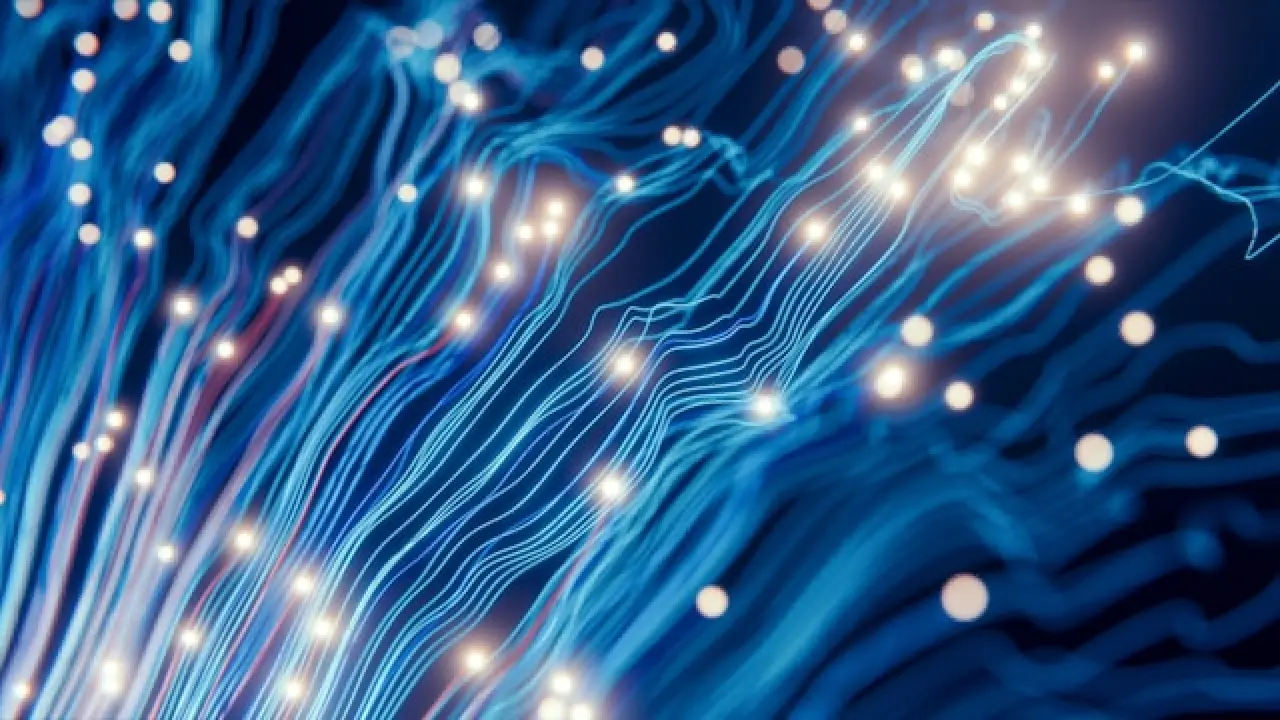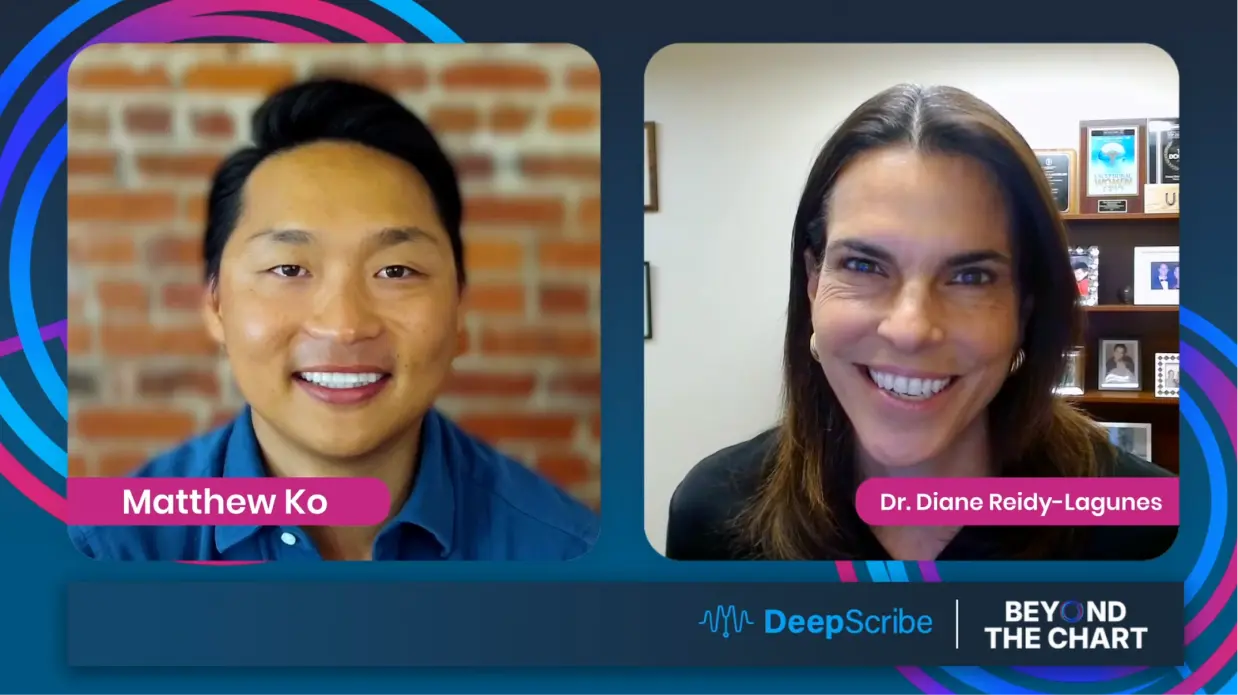The Rise of Artificial Intelligence in Medical Transcription
As AI medical transcription offers clinicians long-awaited relief from the burden of documentation, the joy of care is finally returning to medicine.


The Rise of Artificial Intelligence in Medical Transcription
The practice of medical documentation dates back to the 1600 BC when Egyptians first began documenting procedural notes on papyrus paper. Fast forward to today and most of the world’s medical documentation now lives in Electronic Health Records - online databases used by clinicians to store and access patient information.
EHRs have paved the way for a number of improvements in today’s healthcare system including accessibility of patient data, increased adherence to insurance and billing standards, and greater accuracy of healthcare records. Yet, their administrative demands have also led to clinicians spending over half of their work day on documentation alone. Alarming trends are emerging across the healthcare industry as a consequence:
- Physician burnout rates that are nearly double that of the general US population
- Declines in patient satisfaction of almost 20% due to physician burnout
- Reductions in clinical efficiency and productivity reported by physicians
Enter medical transcription - the process of transforming dictated medical notes into typed health records. Medical transcription allows clinicians to outsource the clinical note-taking process to a third-party so that they can focus on patient care. These third-party providers include professional transcription services, dictation-transcription softwares, medical scribes, and most recently, AI-powered medical transcription technologies.
Professional transcriptionists listen to a recorded dictation of a patient visit, type out the dictation into organized notes, and send the typed notes back to the clinician to be entered into the medical record. Transcriptionists typically come from a healthcare background and may receive formal training in order to accurately transcribe medical documentation.
While transcriptionists allow clinicians to completely outsource documentation, the process itself is cumbersome and manual - requiring back and forth between doctor and transcriptionist. Turnaround times for medical documentation can be upwards of 72 hours when working with a transcriptionist or transcription service.
Dictation-transcription softwares reflect further advancements in medical transcription. Using voice recognition technology, these tools listen to a clinician's summary of a patient visit and transcribe the dictation word for word in real-time. As an added bonus, some of these tools integrate with EHRs so that the transcribed notes are automatically populated into the system.
However, dictation-transcription tools fall short of solving the documentation problem, as they simply replace the task of typing with the tasks of dictation and editing. Rather than alleviating clinicians from the burden of note-taking, dictation-transcription tools create more work in its place.
Another way that clinicians have historically solved for growing administrative demands is to deploy their students, mid-levels, and residents to manage clinical documentation. This practice has given rise to today’s medical scribe industry.
Medical scribes offer much more comprehensive documentation support than dictation -transcription tools as they manage both note-taking during an appointment AND summarization & coding of the relevant information into the appropriate EHR fields.
The medical scribing industry is one of the fastest growing sectors in healthcare, thanks to the tremendous improvements it’s brought to clinician productivity and efficiency. Despite these benefits, medical scribes are cost-prohibitive for many practices given the upfront cost of $4,000/month per clinician, as well as additional costs related to training, scheduling, and turnover of scribes.
Get the Free eBook: The Complete Guide to Medical Documentation Solutions
Given recent breakthroughs in artificial intelligence and natural language processing, there is a new market of AI-powered scribes responding to the challenges of clinical documentation. AI medical transcription uses AI and natural language processing to listen into the natural patient-clinician conversation, parse out the medically relevant information, and summarize that information into compliant notes that map back to the appropriate fields of an EHR.
Unlike traditional dictation and transcription tools, AI scribes go beyond verbatim summarization – and do so at a much more affordable and scalable price point than medical scribes. As a result, AI-powered medical scribes bring the quality and experience of a human medical scribe, but at the cost and scalability of a dictation service.
Rather than transcribing word by word, AI transcription tools only document medically relevant information. This is a feat of natural language processing which can identify the nuances of conversational speech and therefore remove irrelevant components of a conversation such as small talk and filler words. With no need to write, dictate, or edit notes, clinicians can simply review and sign off – saving up to 3 hours a day on documentation.
Unlike its technological predecessors, AI-powered transcription software learns from its mistakes. Any corrections a clinician makes to a note provides feedback to the algorithm and improves the accuracy of future documentation. As the software learns the patterns of a doctor’s speech and vocabulary, fewer and fewer corrections are necessary.
AI medical transcription empowers clinicians to turn away from their computer, put down their phone, and carry a natural conversation with their patients. With this increase in patient interaction comes drastic improvements to health outcomes including greater patient participation, preventative health, and higher rates of immunization.
Medical documentation has come a long way since the early days of papyrus paper and reed brushes. What started out as an effort to standardize patient care, replicate medical successes, and increase workflow efficiency has led to one of the biggest pain points in modern healthcare. However, as AI transcription offers clinicians long-awaited relief from the burden of documentation, the joy of care is finally returning to medicine.
To learn about DeepScribe's AI medical transcription and documentation solution, reach out to us.
text
Related Stories
Realize the full potential of Healthcare AI with DeepScribe
Explore how DeepScribe’s customizable ambient AI platform can help you save time, improve patient care, and maximize revenue.




